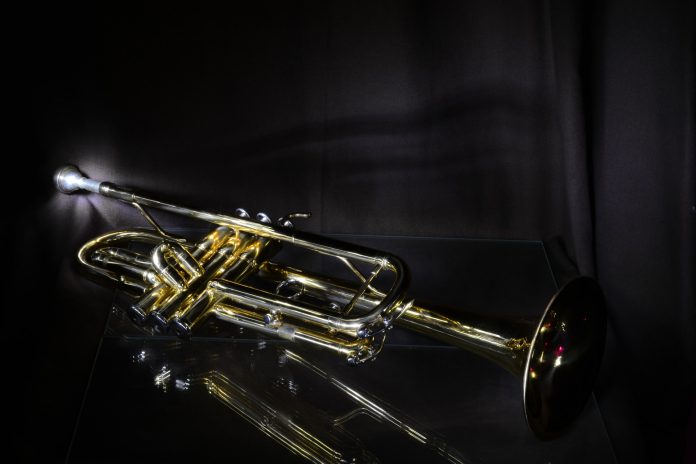Blog Page 34
Pitch-Fix Chorales
Download the full score
Download all parts (instrument help sheets)
Jim Frye has presented the chromatic scale for all instruments with pitch problems noted on various notes. Pay special attention to the shape of the notes on the staff as they represent pitches that are okay, flat, or sharp in pitch.
Mr. Frye has also arranged a Bach chorale so students can...
Jazz Ensemble Warm-Ups
Director’s Notes
Here is a description of the exercises in the order that they appear in the warm-ups, along with suggestions for implementation.
Download a full score
Download a complete set of parts
Circle of Fourths
It is important for students to learn the Circle of Fourths because in many chord progressions the roots follow the same sequence. (It is also the order...
NOVOS – Robert W. Smith
Featuring composer, Robert W. Smith, in an interview and video from performances at Western International Band Clinic and the American Band College.
Commentary was recorded live on the mezzanine level of the Hilton Towers in Chicago during the 59th annual Midwest Clinic. The video version incorporates excerpts of the music he discusses.
Trumpet Basics
by Bruce Silva, John Byre & Don Ryer
Top level, consistent trumpet playing requires understanding of many factors and concepts. These can be grouped into two general categories. The first deals with physical strength and development while the second involves the mental attitude and approach of the player.
Physical Strength and Development
A trumpet player should maintain his physical condition at all...
Approaches to Discipline
The survey you are about to read was administered to a group of adolescent leaders attending a music/arts leadership seminar this past summer sponsored by The University School at Indiana State University. Although the adolescents in attendance featured few, if any, “problem” students, they did project a cross-section of adolescent opinion representative of the junior highs and high schools...
Legion of Honor Past Recipients
Name
Location
Year/Issue
Joe Tornello
Chartlottesville, VA
2004 Legion 201
Travis Beard
Russellville, AR
2004 Legion 201
Randall Coleman
Woodstock, GA
2004 Legion 194
Michael Corrigan
Clovis, CA
2004 Legion 194
Ann Goodwin
Kansas City, MO
2004 Legion 193
Paul Brizzi
Ankeny, IA
2004 Legion 193
Michael Ruether
Lebanon, MO
2003 Legion 192
Randy Sonntag
Jupiter, FL
2003 Legion 192
Jeff Tower
Hemet, CA
2003 Legion 191
Ed Colson
Olathe, KS
2003 Legion 191
Marion West
Garland, TX
2003 Legion 185
Roy Vandelicht, Jr.
Fayette, MO
2003 Legion 185
Margene Pappas
Aurora IL
2003 Legion 184
Stan Mauldin
Wichita Falls, TX
2003 Legion 184
Thomas...
Director’s Toolbox – Lead from the Bottom
The dilemma. In my nearly constant travel, I must meet at least 1,000 new music educators a year. There are many common questions about the nature and role of the beast that is a low clef dweller a.k.a the tuba player. I would like to address the most ubiquitous of them all: How do I engage and challenge my...
NOVOS – Dr. Tim
This NOVOS Radio/TV program features Dr. Tim with an interview from 2001, including some memorable clips from ABC and WIBC.
https://www.youtube.com/watch?v=jEZm4T3m5wA&feature=youtu.be









